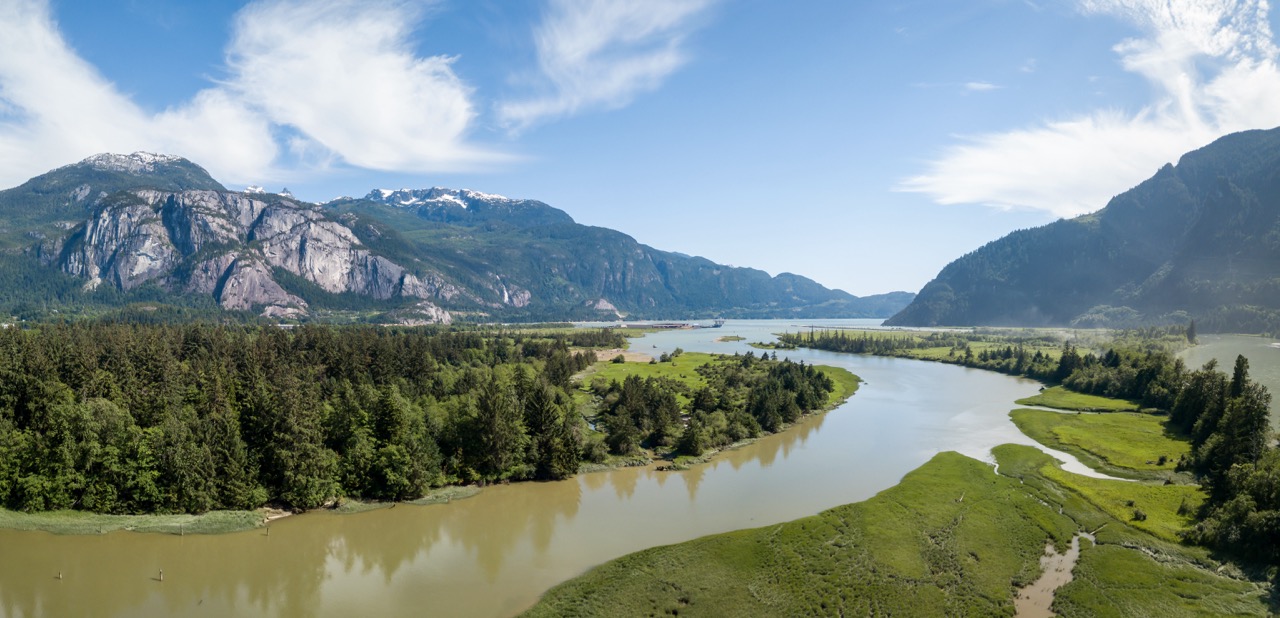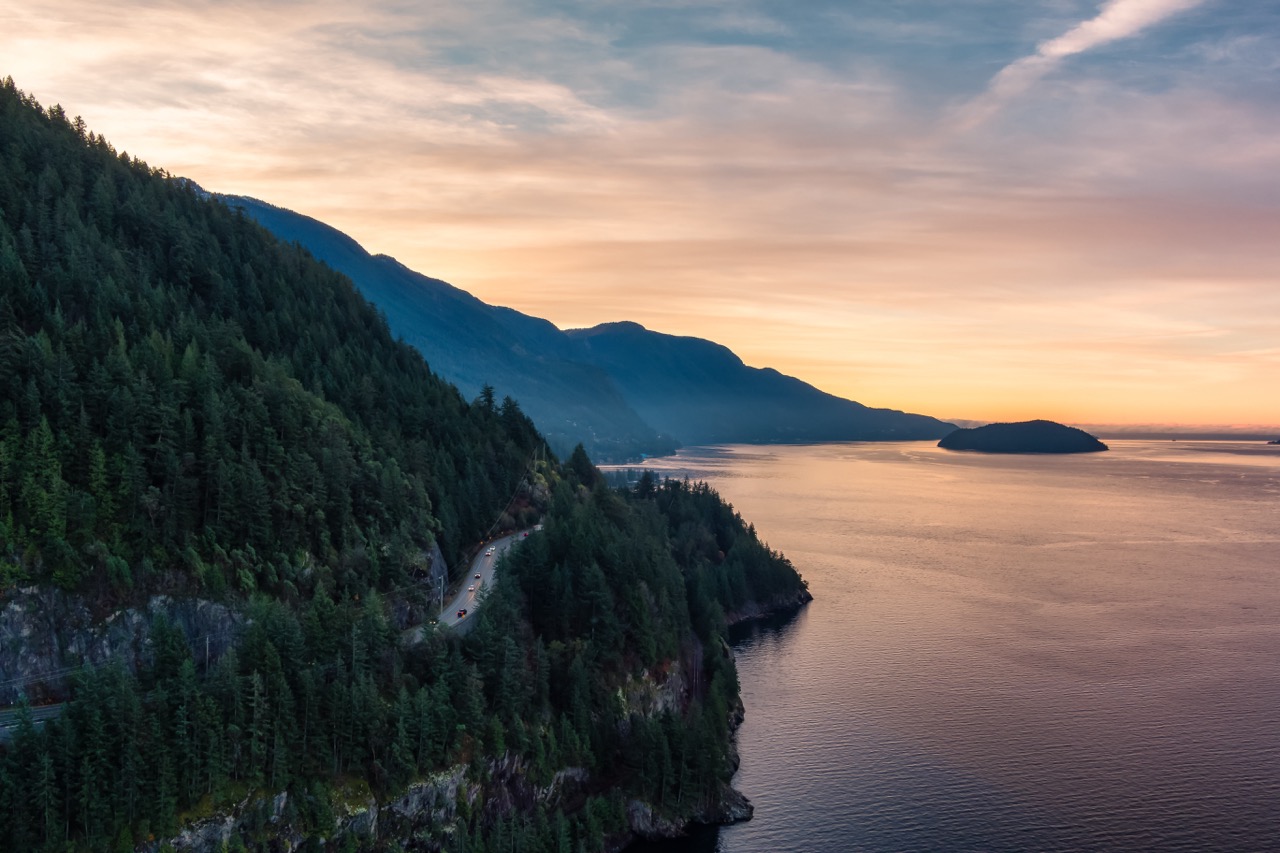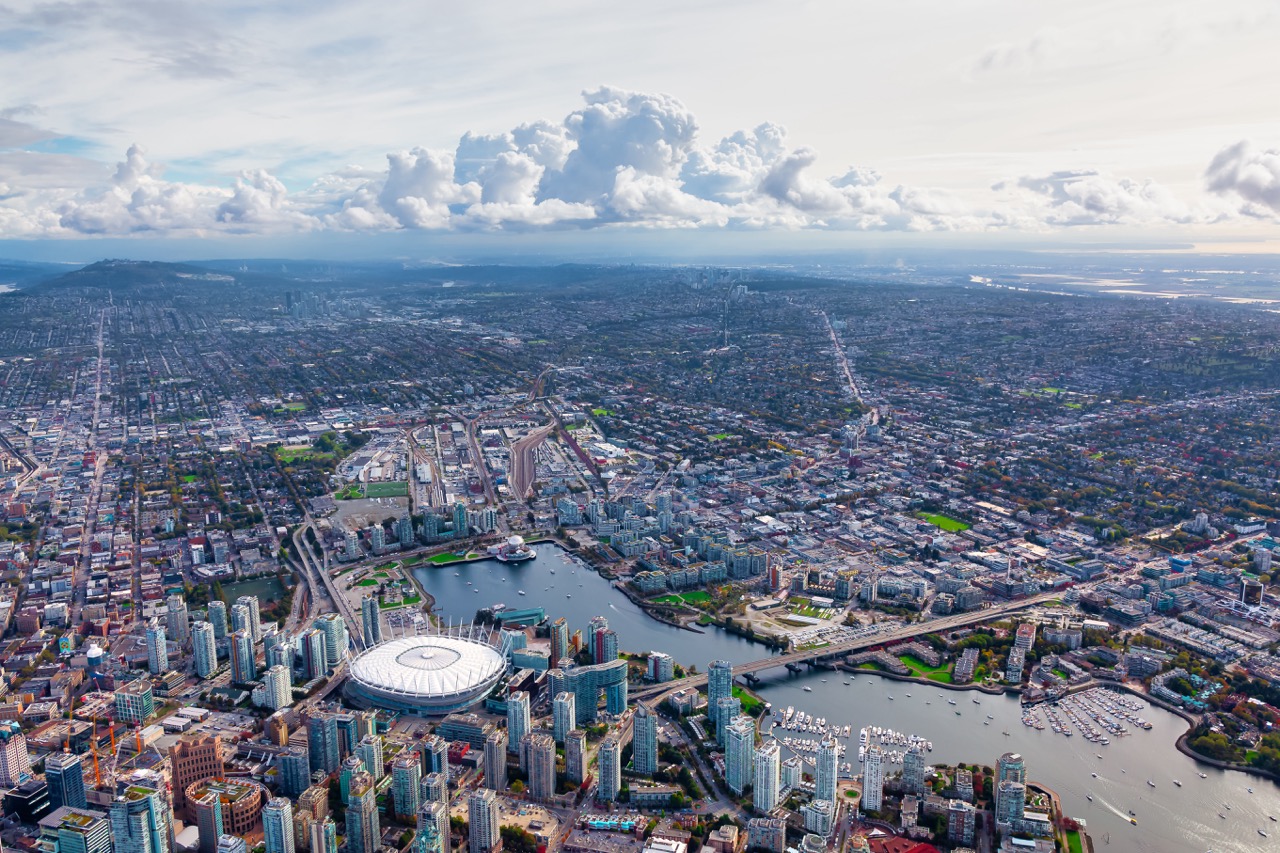Backpacking through British Columbia offers an unparalleled opportunity to immerse oneself in nature, where majestic mountains, lush forests, and pristine lakes await adventurers. This Canadian province is renowned for its diverse landscapes that cater to various hiking preferences, whether you’re seeking a leisurely stroll or a challenging trek. With its rich ecosystems and vibrant wildlife, British Columbia stands as a premier destination for backpackers. However, to make the most of your experience, it’s essential to understand the essential gear, choose the right trails, navigate unpredictable weather, prioritize safety around wildlife, and adopt practices that preserve the natural beauty of this stunning region.
Exploring the Diverse Landscapes of British Columbia
British Columbia’s vast geography includes everything from coastal rainforests and alpine meadows to rugged mountain ranges and arid valleys. The coastal regions, such as those found in Pacific Rim National Park, feature towering cedar trees and breathtaking ocean views, providing a serene backdrop for backpackers. Meanwhile, the interior offers contrasting landscapes, where the Okanagan Valley boasts rolling hills and vineyards, while the Rocky Mountains present dramatic peaks and glacial lakes. Each area presents unique opportunities for exploration, making it essential for backpackers to research the best locations suited to their interests.
The varied ecosystems also support an incredible range of plant and animal life. From the temperate rainforests on the coast to the arid landscapes of the southern interior, the biodiversity is astonishing. Hikers in British Columbia can expect to witness everything from the vibrant wildflowers in the spring to the autumn colors of the deciduous trees in the fall. This rich tapestry of nature not only enhances the visual experience but also provides an educational opportunity for those interested in ecology and conservation. Understanding the different landscapes can enhance the overall backpacking experience, making it more fulfilling and memorable.
Additionally, the province’s diverse terrain allows for a variety of activities beyond traditional hiking. For instance, many trails offer opportunities for rock climbing, mountain biking, and even kayaking in certain areas. The combination of these activities means that backpackers can tailor their trips to suit their interests, making for a more engaging experience. However, with this diversity comes the responsibility of understanding the environmental impact and ensuring that these beautiful landscapes remain undisturbed for future generations to enjoy.
Essential Gear for a Successful Backpacking Trip
When planning a backpacking trip in British Columbia, having the right gear is crucial. The first step is selecting a high-quality backpack that distributes weight evenly and fits comfortably. Look for a pack with ample storage, hydration options, and weather-resistant materials to keep your gear dry during unexpected rain. Additionally, packing lightweight camping equipment, such as a tent, sleeping bag, and stove, is essential to maintaining mobility while ensuring comfort during your wilderness stay.
Clothing should be layered to accommodate the variability of temperatures and conditions typical in British Columbia. Breathable, moisture-wicking fabrics are advisable for the base layer, while an insulating layer, such as fleece or down, can provide warmth when temperatures drop. A waterproof and windproof outer layer will protect against the elements, making it imperative for backpackers to be prepared for sudden weather changes. Footwear is equally important; investing in durable, comfortable hiking boots will prevent injuries and enhance the hiking experience.
Navigation tools are also essential for a successful journey. While many trails are well-marked, having a map, compass, or GPS device can help avoid getting lost in more remote areas. It’s also wise to carry a first aid kit, water purification system, and food supplies that provide adequate energy for long treks. With the right gear, backpackers can focus on enjoying the stunning landscapes without the stress of being ill-prepared for the challenges they may face.
Choosing the Best Trails for Your Skill Level
British Columbia is home to a plethora of trails that accommodate all skill levels, from beginner to advanced. Novice backpackers may find comfort in the well-trodden paths of places like Garibaldi Provincial Park or the easy-going trails around Whistler. These areas often feature gentle inclines and stunning views, making them perfect for those who want to enjoy nature without the physical demands of more strenuous hikes. Additionally, many of these trails are accessible year-round, providing flexibility for all types of hikers.
For intermediate backpackers, trails such as the Juan de Fuca Trail offer a moderate challenge while still providing breathtaking scenery. This multi-day trek along the west coast features rugged terrain, stunning ocean vistas, and the chance to camp near the beach. It allows hikers to push themselves while still enjoying the beauty and tranquility of the surroundings. Intermediate hikers should be prepared for varying conditions and ensure they possess the necessary skills to navigate more complex trails.
Advanced hikers seeking a thrilling experience may opt for challenging treks like the Skyline Trail in Jasper National Park or the West Coast Trail. These trails involve steep ascents, potential river crossings, and rugged landscapes that require a higher level of fitness and experience. Proper planning and preparation are critical for these adventures, as conditions can change rapidly, and the remote nature of these areas necessitates a keen sense of navigation and survival skills. Choosing the right trail based on skill level not only enhances safety but also enriches the overall experience of backpacking through the breathtaking wilderness of British Columbia.
Navigating Weather Challenges in British Columbia’s Wilderness
British Columbia’s weather can be as diverse as its landscapes, with conditions varying significantly from coast to mountains. Backpackers should be prepared for sudden changes, including rain, snow, or extreme heat, depending on the season and location. Understanding the region’s climate patterns can aid in planning for the best times to visit; for example, summer months generally offer more stable weather, while spring and fall can be unpredictable. Keeping a close eye on weather forecasts before and during your trek is essential for ensuring safety.
In mountainous areas, altitude plays a significant role in weather variability. As elevation increases, temperatures drop, and the likelihood of precipitation rises. Backpackers should be equipped with gear suitable for colder conditions, even during warmer months. It’s also wise to plan your hiking schedule to avoid being caught in inclement weather, particularly during the late afternoon when storms are more likely to develop. Flexibility in your itinerary can allow for adjustments based on weather conditions, ensuring a safer and more enjoyable backpacking experience.
Ultimately, being aware of the potential weather challenges fosters a mindset of adaptability and preparedness. Having contingency plans, such as alternative routes or shelter options, can significantly reduce risks associated with unexpected conditions. Staying informed, utilizing weather apps, and carrying weather-resistant gear ensures that backpackers are well-equipped to handle whatever Mother Nature may throw their way while exploring the wilderness of British Columbia.
Wildlife Encounters: Safety and Best Practices
When backpacking through British Columbia, encounters with wildlife can be as thrilling as they are daunting. The province is home to an array of animals, including bears, moose, cougars, and other wildlife that inhabit the diverse ecosystems. Understanding the behavior of these animals and the best practices for safely coexisting with them is essential for any backpacker. For instance, carrying bear spray, making noise while hiking, and properly storing food can significantly reduce the risk of unwanted encounters.
Education is vital for ensuring safety when hiking in wildlife-rich areas. Familiarizing oneself with local wildlife and their habitats can help backpackers recognize signs of animal presence and understand how to respond appropriately. In case of a bear sighting, for example, maintaining a calm demeanor, backing away slowly, and avoiding direct eye contact is crucial. Additionally, understanding the differences between black bears and grizzly bears can aid hikers in making informed decisions when navigating their trails, ensuring personal safety and the well-being of the animals.
Best practices also extend beyond personal safety; they encompass respect for wildlife and the environment. Observers should maintain a safe distance from all animals, refrain from feeding them, and avoid any actions that could disturb their natural behavior. By adopting an attitude of respect for wildlife, backpackers can enjoy the thrill of encounters while minimizing the impact on the ecosystems they traverse. This not only enhances the experience for the hiker but also contributes to the preservation of wildlife populations and their habitats.
Tips for Preserving Nature While Backpacking
As outdoor enthusiasts, backpackers have a responsibility to minimize their impact on the stunning environments they explore. One of the core principles of Leave No Trace encourages hikers to plan ahead and prepare by knowing the regulations and restrictions of the areas they visit. This includes familiarizing oneself with campfire rules, waste disposal methods, and designated trails to follow. By adhering to these guidelines, backpackers can enjoy their adventures while protecting the natural beauty of British Columbia.
Another essential practice is to respect wildlife and plant life by staying on trails and avoiding trampling sensitive vegetation. Taking photos instead of picking plants or disturbing habitats ensures that the ecosystems remain intact for future visitors. Educating oneself on local flora and fauna can enhance the experience and foster a deeper appreciation for the unique environments that British Columbia has to offer. Additionally, disposing of waste properly and carrying out all trash helps maintain the pristine condition of nature.
Finally, sharing the principles of responsible backpacking with fellow hikers can create a community of conscious adventurers. Engaging in discussions about conservation, participating in trail clean-up events, and advocating for sustainable practices can inspire others to take active roles in preserving the wilderness. By fostering a culture of respect and care for the environment, backpackers can contribute significantly to the long-term health of British Columbia’s natural landscapes, ensuring that future generations can enjoy the same breathtaking experiences.
Backpacking through British Columbia is not only an adventurous endeavor but also a profound opportunity to connect with nature and appreciate its diverse landscapes. By preparing adequately with the right gear, choosing trails that match your skill level, and being aware of weather conditions and wildlife safety, backpackers can ensure a safe and enjoyable experience. Moreover, embracing practices that prioritize environmental preservation will contribute to the sustainability of these stunning ecosystems. For anyone looking to explore the great outdoors, British Columbia provides an idyllic and unforgettable backdrop for memorable backpacking adventures. Whether you’re a novice or a seasoned hiker, the beauty and challenges of this province promise an enriching journey into the heart of nature.





